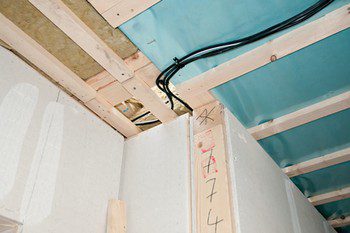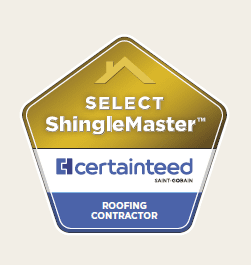Inspecting your home insulation is one of the quickest and most cost-effective methods you can undertake to reduce your spend on energy.
With a correct mixture of products and construction procedures your home can be protected against air leaks and moisture as well as reducing the impact of the temperature outside. In fact, studies have shown that proper insulation can improve your home’s temperature comfort by up to 10%.
If your Oak Creek house was built before 1980; if you find it overly cold in the winter or hot in the summer; if your energy bills are extreme; if you find noise from outside disturbs you; if you are extending or building; then you need to examine your insulation.
The first place to start checking is in your attic, ceiling, exterior and cellar walls, floors and crawl areas to determine what insulation you have and if it comes up to the recommended levels for Oak Creek.
Insulation material is measured in R-values. The higher the R-value the product carries, the better the level of protection against heat transfer.
The US Department of Energy (DOE) has published a recommended range of R-values for all areas across the country determined by local climatic conditions and cost of energy.
Although insulation is available in a wide variety of materials, it typically comes in four types; each with it’s own characteristics.
1) Rolls and batts insulation (or blankets)
These are flexible and made from fibers, like fiberglass, rock wool, plastic or natural fibers. They are fitted between studs, joists, and beams and suitable for using in unfinished walls, floors and ceilings.
2) Loose-fill insulation
This is generally made of fiberglass, rock wool, or cellulose and comes in small particles. It is installed by being blown into the space using a special pneumatic blower. It is great for adding insulation to existing areas, oddly shaped areas and around obstacles.
3) Rigid foam insulation
Whilst generally more expensive than fiber products, it is very effective in buildings with space limitations and where higher R-values are needed. It is often used in unfinished walls; ceilings and floors; and un-vented low-slope roofs.
4) Foam-in-place insulation
Is blown into walls and reduces air leakage. Good for adding insulation to existing completed spaces, irregularly shaped spots, and around obstructions.
There are many different variations of the four types listed above and literally hundreds of different products to choose form. Many homeowners are opting for a more ‘green’ approach and opting for natural products like wool. And many are even building homes using old techniques such as straw bale construction.
Whatever the insulation option you choose for your Oak Creek home, you will be impressed with the better temperature control and hopefully will be even more impressed with a reduction in your energy bills. Look for a good home insulation contractor to take care of the insulation and enjoy your newly insulated home.




